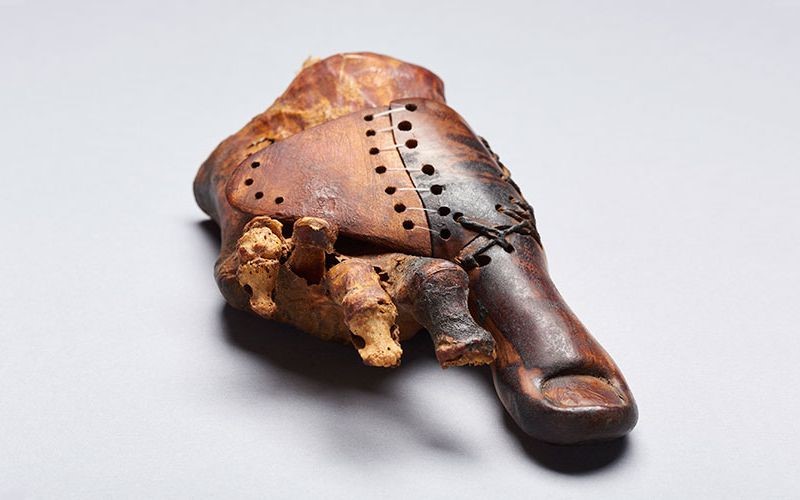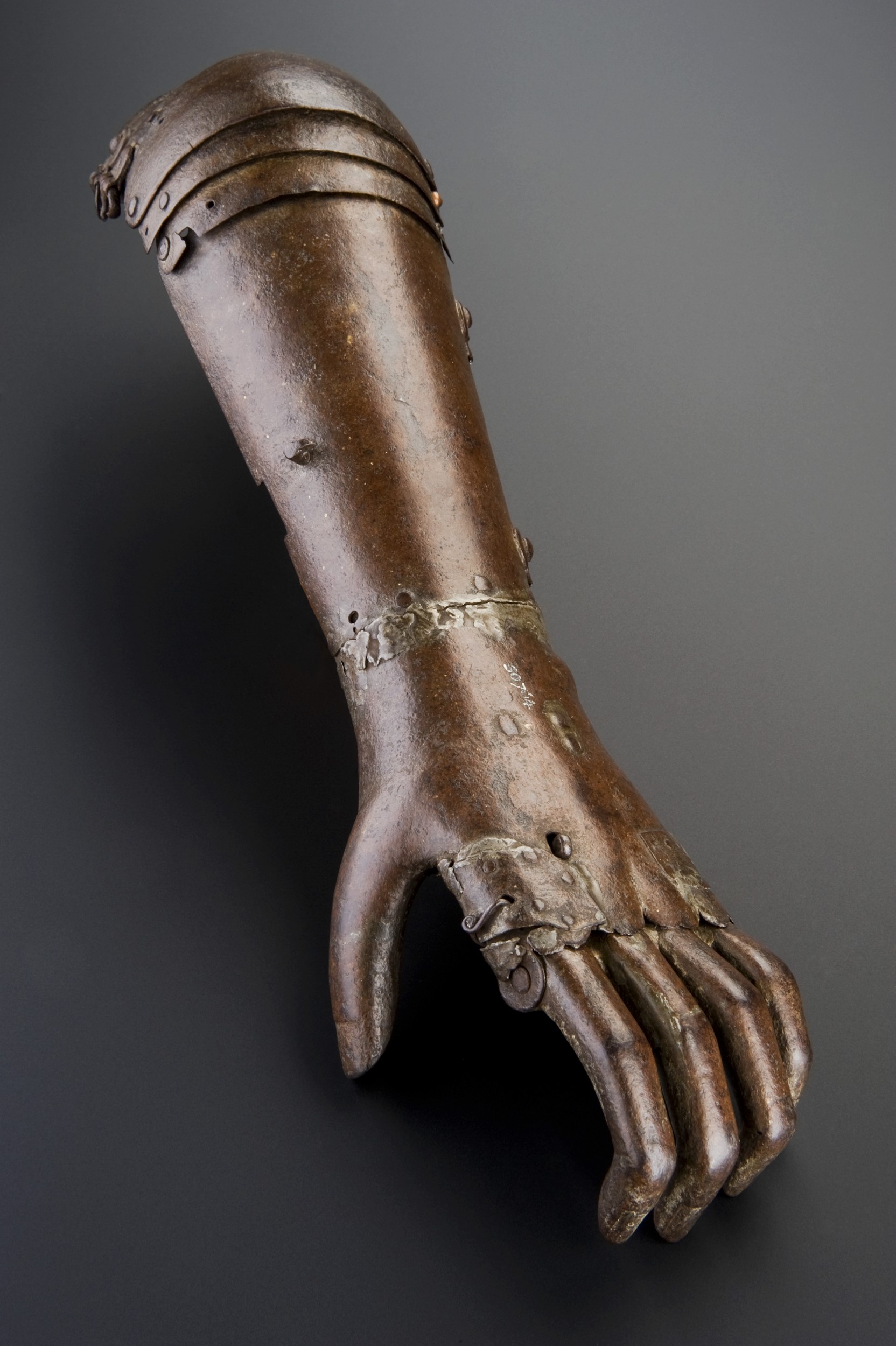The evolution of prosthesis: how support for amputees has grown
- 20.06.2018
- EmmaArnold
- None
Throughout the centuries, prosthesis have been used to restore function in missing limbs, digits or other body parts.
They have been used since Ancient Egyptian times but have evolved significantly to what they’re capable of today.
Having been developed from basic wooden toes and legs to mechanical metal hands, prosthetics can now be sophisticated pieces of technology that have the ability to process instructions directly from your mind.
A brief history of prosthetics
Prosthesis have been in existence for millennia. Amongst some of the first examples of the technology are wooden toes found in the ruins of Ancient Egypt.

Prosthetic toe found in Ancient Egypt [left]
These prosthetics were attached to the wearer’s feet using a simple leather strap to offer balance to the user when they walked, as well as enhance the appearance of the foot.
Centuries later, Götz von Berlichingen - a German knight and poet - was reported to be the first person in history to own and use a metal prosthetic arm. Made from iron, the prosthetic arm helped him carry out his day-to-day activities.

Götz von Berlichingen’s metal arm [right]
As to be expected of the era, prosthetics of this kind were only accessible to the rich and wealthy. They also only offered a limited amount of functionality compared to the prosthetics we use today.
Before the 20th century, prosthetics went through a number of other notable innovations to offer additional functionality:
Next week
Remember to keep an eye on the blog and our social media channels to find out more about amputee disability and prosthetics over coming weeks.
Next week, we will be looking at current prosthetic technologies.
